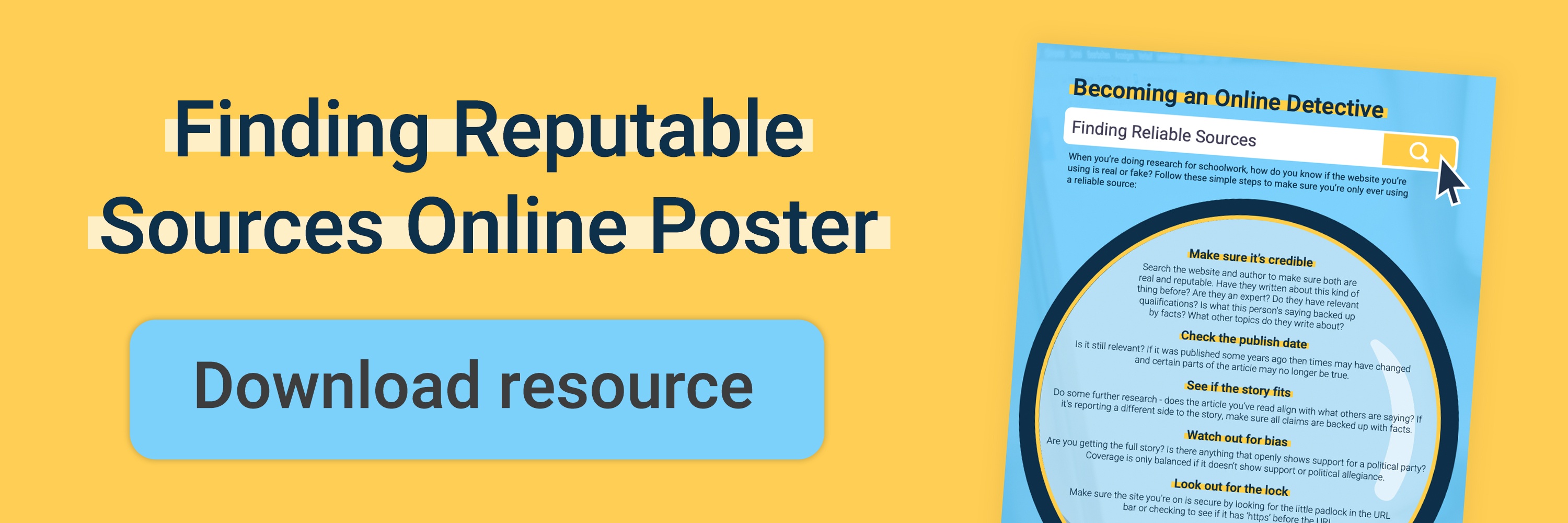Author: Ben Greenwood
Posted: 15 Apr 2020
Estimated time to read: 5 mins
As a teacher or tutor, there’s an expectation and necessity to put the safety of students first. This applies primarily to the school environment, but also stretches far beyond the school gates.
Teachers claim that they lack the training they need in order to identify and help children who are victims of abuse and that schools are ‘ill equipped’ to deal with these cases. Despite this, many teachers take on extra training and responsibility to ensure that students aren’t put at risk.
Now, as students learn from home, the responsibility lies, not just with teachers, but with parents and software providers too. It's important for us all to gain a better understanding of how to protect children in any environment, from threats of all kinds. In this blog we’ll be focussing on the threats that come with distance learning and how we can minimise them to keep our children learning in a safe environment.
The principles of safeguarding in schools
First, let's take a look at safeguarding in general. What is it and how can we implement it properly to create a safe environment for learning?
Safeguarding is a word that is usually used to refer to the child protection and the early prevention of child abuse and neglect. It’s used in many professions but mostly in the social care and education sectors to identify vulnerable children and protect them using a number of measures.
These measures are often called ‘the six principles of safeguarding’ and are recognised by a number of children's charities, including the Ann Craft Trust and NSPCC. They are the building blocks of child protection.
- Prevention
The best way to tackle problems with child abuse is to have processes in place that work to prevent it happening in the first place. We’ll discuss prevention later in this article in relation to conducting online lessons and video calls safely.
- Accountability
Everyone is accountable for their actions. Making sure staff report or investigate issues is extremely important. Those involved in the safeguarding process should be transparent and open with the child in question. This makes it easier for the child to build trust with those helping them.
- Partnership
The school community has a role to play in the protection of every student under their care. Staff should be active in their protection of their students. Charities and external safeguarding workers also join this partnership to ensure that everything is being done to protect students.
- Protection
Children who are part of the safeguarding process should be safe from known threats in school, at home and during their day to day life. Every measure should be taken to ensure this is the case.
- Empowerment
Children who find themselves in a vulnerable situation should be given the power to help themselves, as well as being helped by others. They should feel in control of their actions throughout this process.
- Proportionality
Staff should only involve themselves in cases where necessary and should always take the least intrusive course of action possible given the scenario.
Now that we’ve covered the principles of safeguarding, we can apply them to distance learning:
Safeguarding students learning from home
Learning from home brings a unique set of challenges, not only for students but for parents and teachers too. The removal of a physical classroom impacts teachers’ and students’ communication skills whilst spending more time indoors with restless kids impacts parents’ patience!
It’s a difficult time for everyone, but it can be much more difficult for vulnerable children. By applying these safeguarding principles, we can make learning from home safer across the board.
Live streaming
As schools closed in March 2020, due to the COVID-19 pandemic, the physical classroom was replaced with a virtual one. Instead of turning up to school, students began logging in at home and working on pre-set tasks and video lessons from teachers.
This is great for student motivation, and really helps to add an extra level of support for students. However it also brings new ground and uncertainties. As we mentioned earlier, prevention is key here. Ensuring that safeguarding processes are in place is of paramount importance.
Live streaming lessons are great, but have you considered the privacy of the streaming software? Are calls secured with a password and private link, or could people from outside your class watch the stream? Are children visible whilst live streaming, or is it just the teacher?

There’s a great deal to think about when streaming lessons, and teachers should remember to remain accountable and to do everything they can to make the privacy of their video streaming as watertight as possible.
Ensure that all your students understand the importance of online safety and that they aren’t taking any risks, like sharing passwords for lessons links. Remind them that streaming is live and if they are on camera, what they do will be seen by everyone in the class.
Remember to empower them to take action if they see or hear something inappropriate and reinforce the idea of partnership, that you and the school will deal with anything they find distressing during streams.
If 1-2-1 streaming lessons are required, it might be necessary to have a parent or guardian sit in on some of the lessons or to record it for reference.
Finally, take accountability. Make sure that you know the privacy policy of the streaming service you’re using and how to report inappropriate behavior. Make sure that any service that requires payment isn’t visible for students, or that they know it does not apply to them.
And remember to get consent from parents for video calls, especially if you are recording the footage.
Direct messaging
Giving students access to direct messaging can be a highly effective way to provide better support for remote teaching. But DMs also require some degree of safeguarding. Much like streaming, students should have been told how to report inappropriate behaviour and should know who to tell if they feel messages are abusive.
Extra measures here include giving parents access to messages between students and teachers. By giving parents the ability to see messages, but not actively partake in messaging - we can ensure the safety of children without adding to teacher workload.
Parents should also be aware of the reporting process if they feel that messages are inappropriate.
As we all settle into working from home, some of us relax certain professional behaviour as to match our less formal environment. For example, if you’re working from home, you aren’t likely to wear a suit and tie everyday. However, we have to remember to continue to show professional behaviour toward our students as you are still their teacher, remote or otherwise.
Make sure your communication with students remains as professional as it would inside the school walls - especially as parents might now have closer access to conversations. This will make learning from home easier for everyone.
Overall, it looks like the virtual learning environment is becoming part of our mainstream education system. But with it, we’re likely to see increased challenges for the safeguarding of children. This is something that edtech companies, schools and parents can all unite on, in the name of safe learning for everyone.


